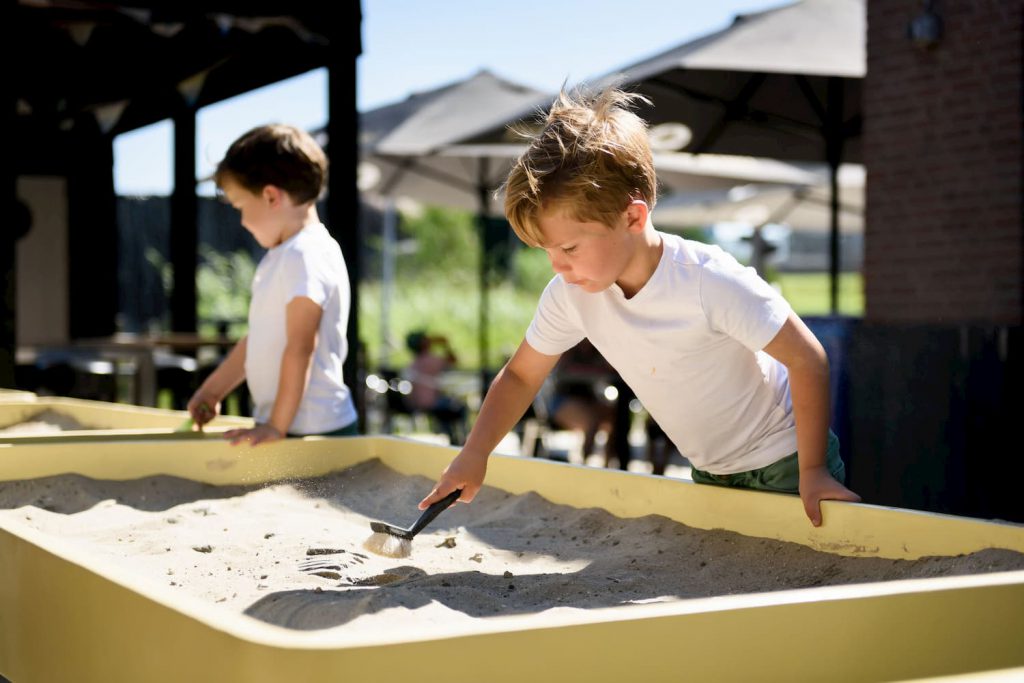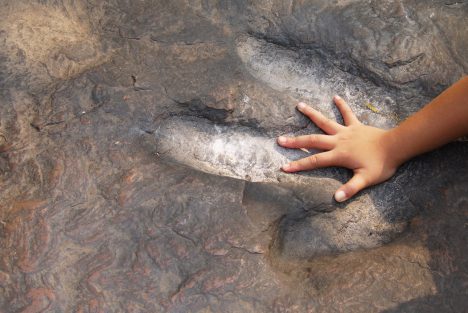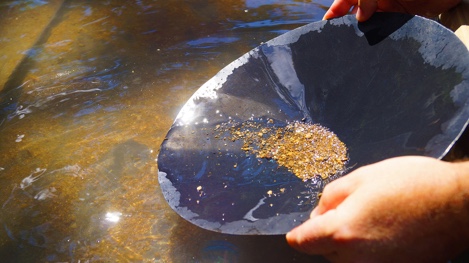Digging up dinosaurs
While many museums proudly exhibit real dinosaur skeletons, it’s important to note that finding them can be incredibly challenging. Due to the immense span of time since dinosaurs roamed the Earth, most dinosaur remains have simply decayed over the ages. However, in rare instances, the remains of deceased dinosaurs are preserved as fossils. Fossils are formed through a gradual process of mineral replacement, and they provide invaluable insights into the ancient world of dinosaurs. If you’re interested in learning more about the formation and excavation of dinosaur fossils, you can find additional information on this page.

The origin of fossils
Fossils can only form under very specific conditions. Ideally, when a dinosaur dies, it needs to be quickly buried in sand, soil, or water. However, since dinosaurs don’t have funerals, this burial process is often a matter of chance. Certain types of soil are particularly conducive to preserving dinosaur remains. To ensure optimal preservation, it is crucial that the dinosaur’s remains are shielded from oxygen and moisture. Additionally, low temperatures and high salt content in the soil can aid in better preservation.
Over time, as layers of soil accumulate on top of the buried dinosaur, increasing pressure is exerted on the surrounding soil and the dinosaur itself. Eventually, the minerals in the soil gradually replace the original organic material, causing the surrounding rock to harden and petrify. Once fully encased in this rock, the dinosaur has transformed into a fossil. Limestone and sandstone are examples of the types of rocks in which dinosaur fossils are often discovered. In some cases, the compressed layers of soil are still visible within these rock formations, offering a glimpse into the ancient past.
Finding dinosaur fossils
We now understand how fossils are formed, but how do we find them? They can actually be found anywhere, which is why locating dinosaur skeletons can be quite challenging. However, a few factors can aid in the search. If you’re not specifically looking for marine creatures like the plesiosaur, which lived in the seas, there’s no need to search for dinosaur bones in underwater rock formations. Similarly, it’s not fruitful to explore areas without exposed surface rocks, such as many places in the Netherlands. Digging hundreds of meters deep in search of dinosaurs is unlikely to yield results. Instead, the key is to locate areas where the right types of rocks are accessible at the surface. Only a few places in the world are well-suited for this. Some well-known locations include the Gobi Desert in Mongolia and China, the Midwest of the United States, and specific areas in Argentina. Deserts are particularly favorable for fossil hunting due to their open landscapes with minimal vegetation or structures obstructing the view, allowing for extensive exploration.
The excavation
Once you spot a dinosaur bone in the ground, it is crucial to handle it with great care as they can be quite fragile after spending such a long time underground. It is best to excavate around the bone meticulously and then encase the entire specimen in plaster. This ensures the safe transportation of the bones to the laboratory, where they undergo a thorough cleaning process and research begins. If you’re fortunate, you may discover a few bones that are interconnected, facilitating the reconstruction of the skeleton. However, if only individual bones are found, it becomes a challenging puzzle to assemble. When a complete skeleton is unearthed, it offers valuable insights into muscle development and the size of the dinosaur, providing a clearer understanding of their appearance. Yet, there are still many unanswered questions to explore. Perhaps you’ll embark on a career as a dinosaur researcher one day?

Dig up a dinoskeletons yourself?
In the Dino Experience Park you can dig up parts of dinosaur skeletons yourself! Want to know more about what you can do in our Dino Park? Discover the park here!
Discover the park

